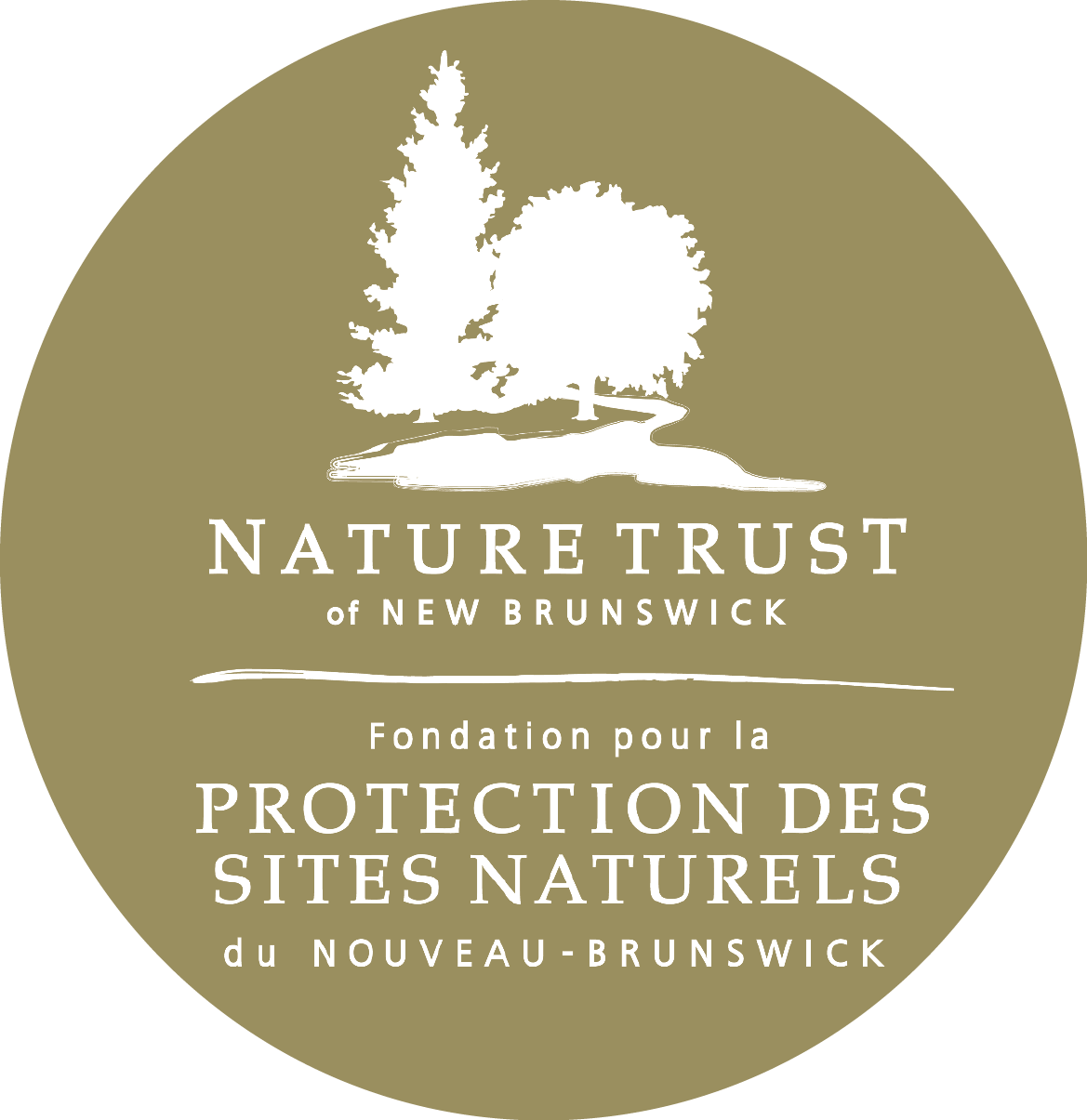Overview
Minister’s Face Nature Preserve consists of approximately 117 hectares of land on Long Island. The island is located in Kennebecasis Bay, Kings County, approximately 12 km north of Saint John, New Brunswick. The north-east end of Long Island contains a cliff formation, which rises 60 m (200 feet) above the Kennebecasis River and is one of the prominent topographical features of the Rothesay area. It also contains the highest point on the island, which is known as the “Crow’s Nest” and stands 100 m above the river.
History
Long Island was settled by Loyalists in 1785. During the early 1900s, the population started to decline due to many moving to the mainland to take advantage of modern day living conveniences. Signs of previous human occupation are visible throughout the uplands, in the form of crumbling stone building foundations, cleared fields, rock piles, and an abandoned road that runs the entire length of the island.
In 1963, Colin B. Rayworth purchased a large portion of the Minister’s Face (73 hectares) for the purpose of timber harvesting. After 40 years elapsed, no timber was harvested, but the ecological significance of the area was recognized because of its prominent rock formations and known presence of rare species. In 1999, the Nature Trust entered into talks with the landowners about the possible sale of two parcels of land on the Minister’s Face—the first 43 hectares owned by Diana Rayworth and the second 30 hectares owned by Colin B. Rayworth. In 2001, Diana Rayworth’s land was transferred to the Nature Trust by sale. In 2003, this was matched by a donation through Environment Canada’s Ecological Gift Program by Colin B. Rayworth which formed the basis of the present day nature preserve. In the following years, three more blocks of land were acquired by the Nature Trust to bring the total area of conserved land to 117 hectares.
Ecology
The cliffs of Minister’s Face have been recognized as an Environmentally Significant Area due to the presence of habitat for rare arctic flora, and the spectacular view from the eastern banks of the Kennebecasis. The vertical rock cliffs have been host to significant botanical findings from as early as 1866. Also, it is often visited by the peregrine falcon, a species at risk under NB’s Species at Risk Act.
One half of the preserve in the middle portion of the island was subject to timber harvesting operations over the years, with the last one occurring in 1940. The area presently contains a mixed forest of red spruce (picea rubens) and white birch (betula papyfira). On the remaining half next to the river the rugged terrain prevented any forest operations and presently contains a mature to over mature growth of red spruce (picea ruben) in its natural state. In small sheltered forest outcrops and open rock faces along the shoreline, rare plant species have been able to survive. The unique composition of the cobbles and boulders of Precambrian marble present on most of the island provides an excellent substrate for these significant plants. Rare arctic disjunct flora such as livelong saxifrage (Saxifraga paniculata) and alpine woodsia (Woodsia alpina) are known only in a few other locations in the province. Rare species such as smooth draba, livelong saxifrage and others have been found here since the late 1800’s. The discovery of the extremely rare (S1) wall-rue fern (Aspleniumrutia-muraria) during a botanical inventory on the island was especially significant, as it had not been previously found anywhere in New Brunswick. The land also serves as an impressive lookout.
Access and Activities
The island is accessible only by boat or kayak. If you land your boat on the northern tip of the Island, follow the road until you reach trails marked by the Nature Trust. The 0.8 km Crow’s Nest Trail, crossing the highest point on the island, and the 1.5 km Minister’s Face Trail leading to the Minister’s Face cliff can be found on this preserve. Small craft owners are advised to pay attention to weather conditions before crossing especially wind speed.
Rock climbing at Minister’s Face is not permitted due to the presence of very sensitive species of flora and fauna.
*The property is undeveloped and there are a variety of hazards and risks associated with accessing this preserve. While this nature preserve is open for public access, visitors must assume responsibility for their own actions and safety and are to use the land at their own risk.


